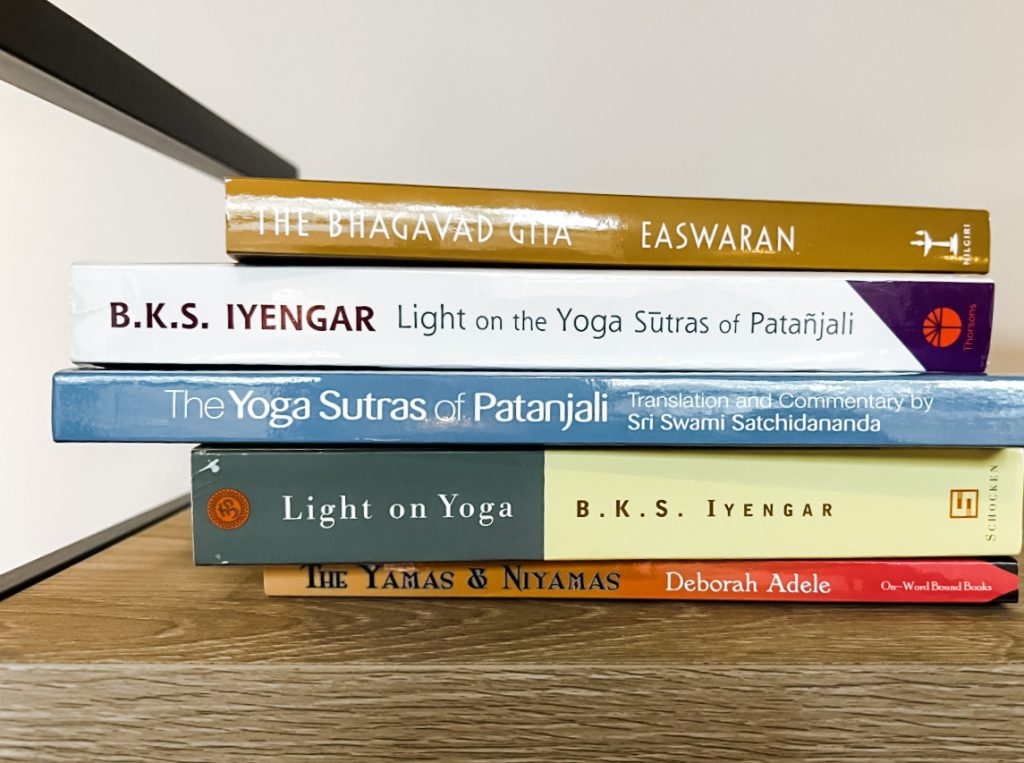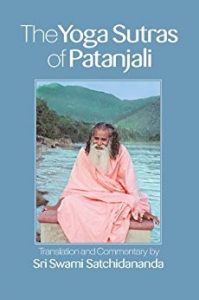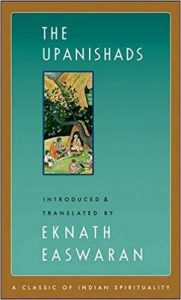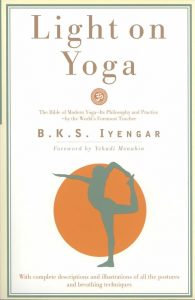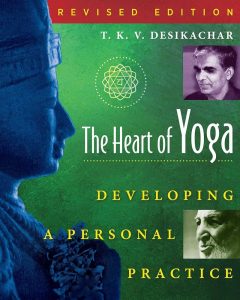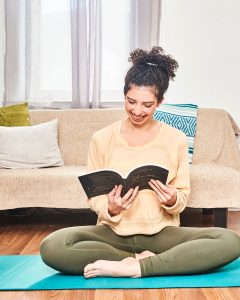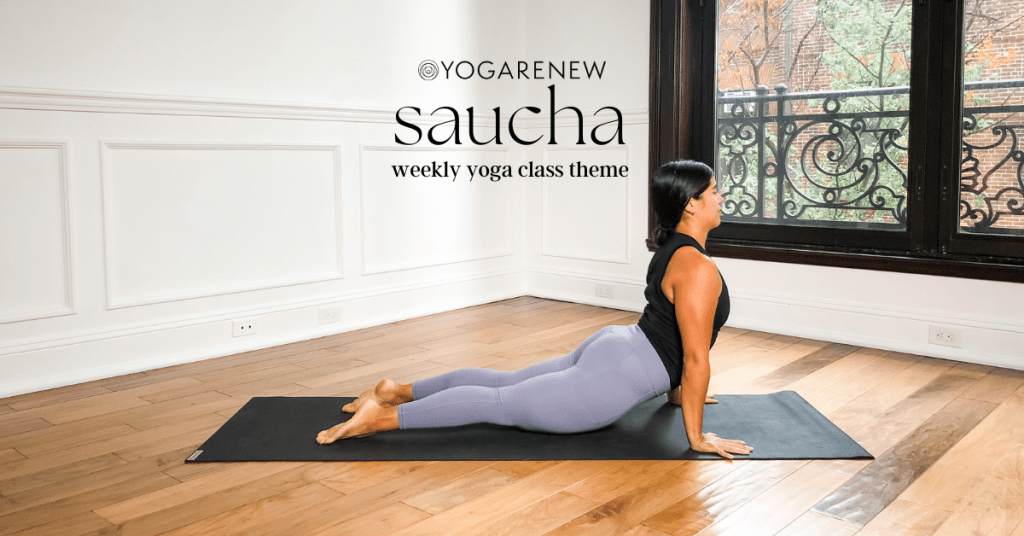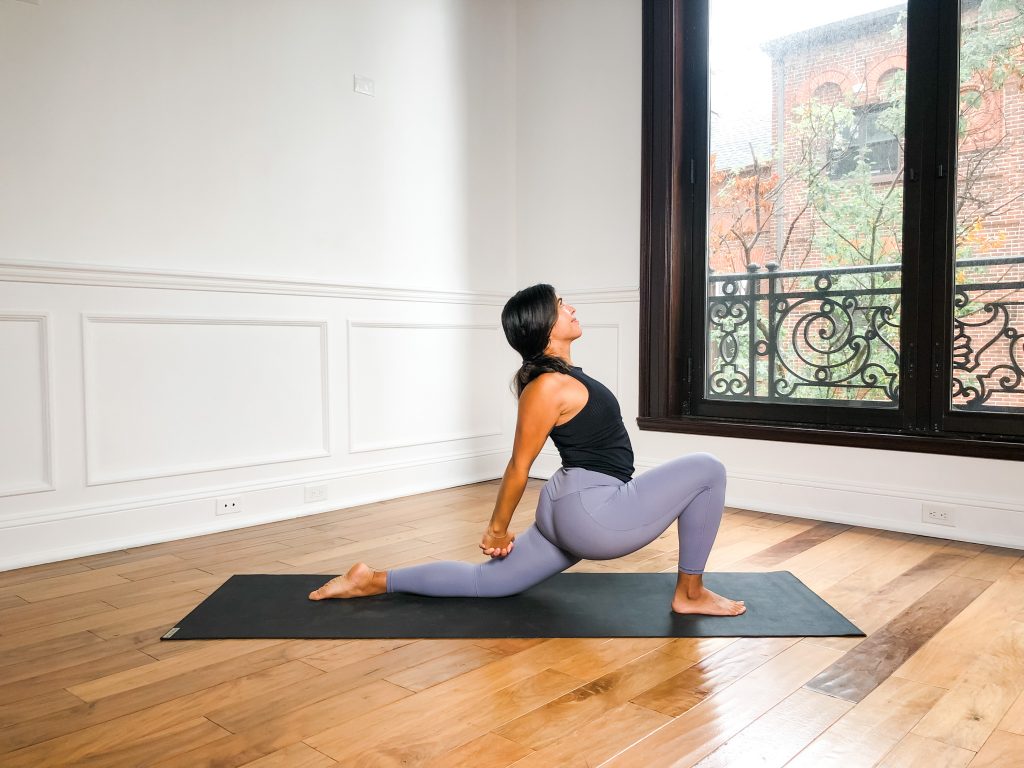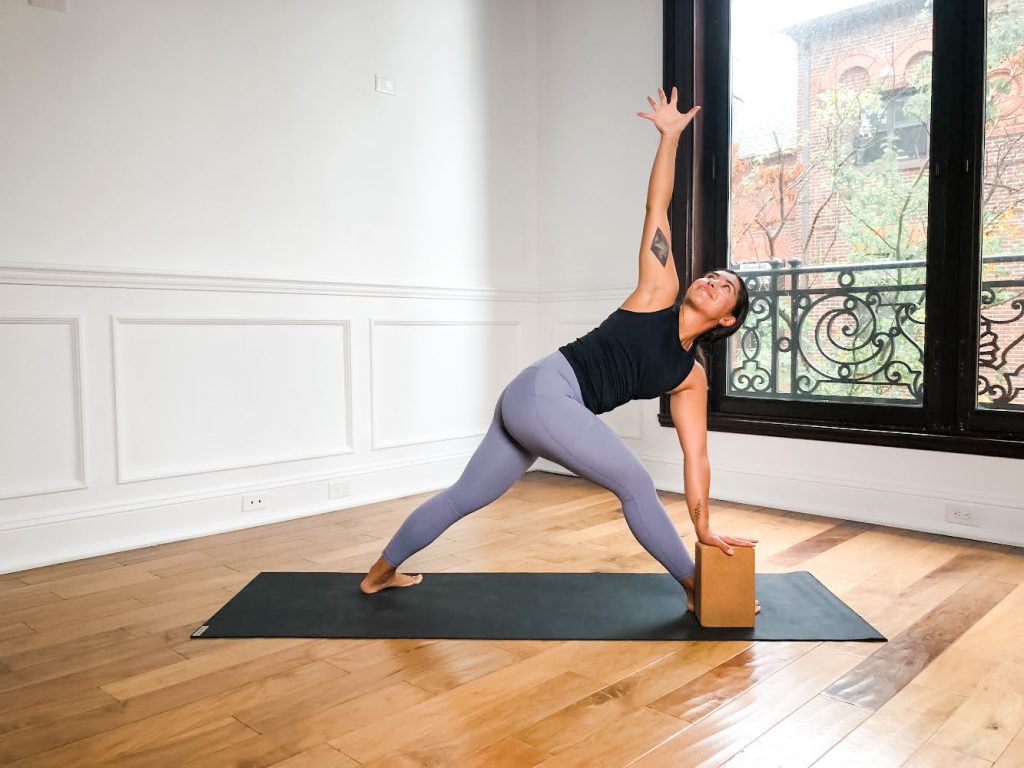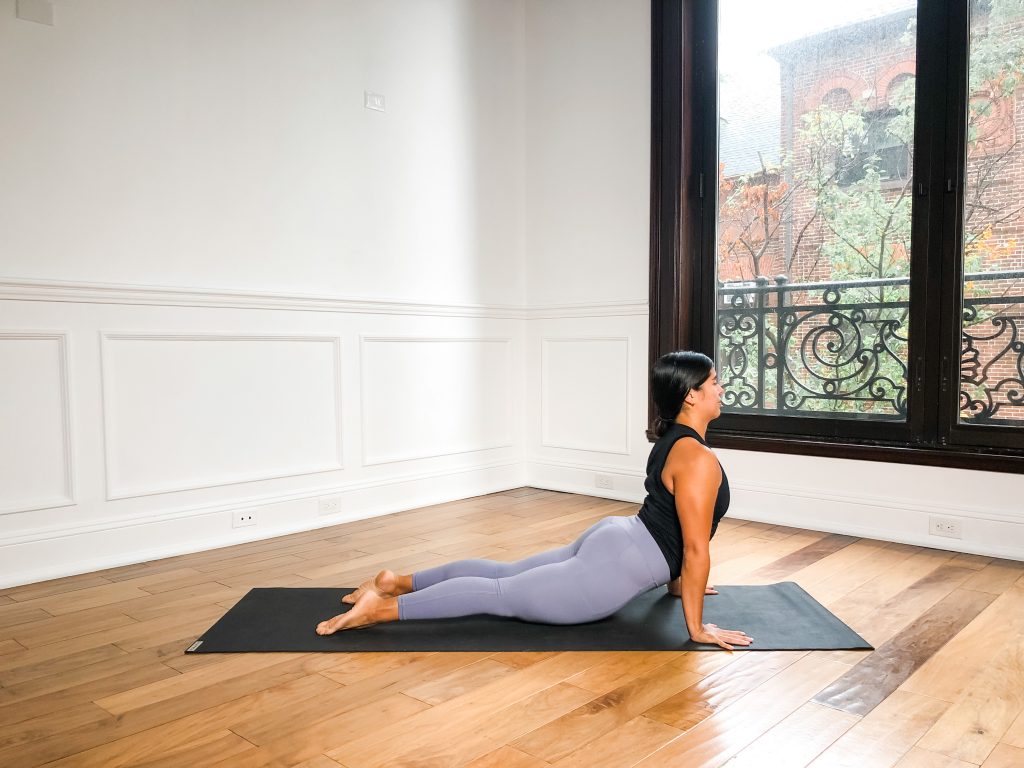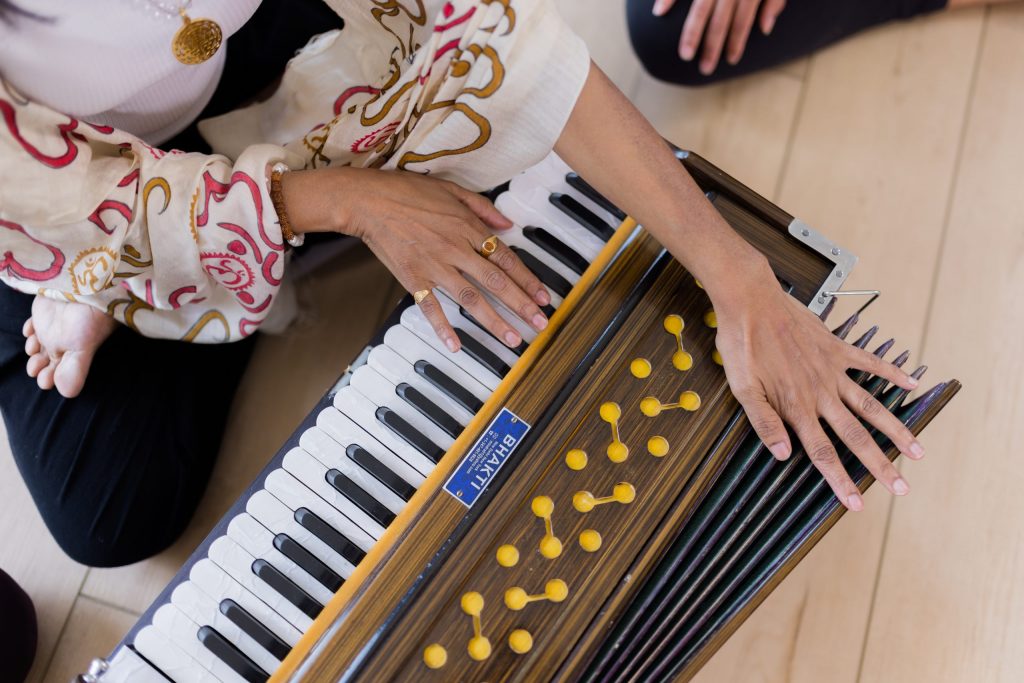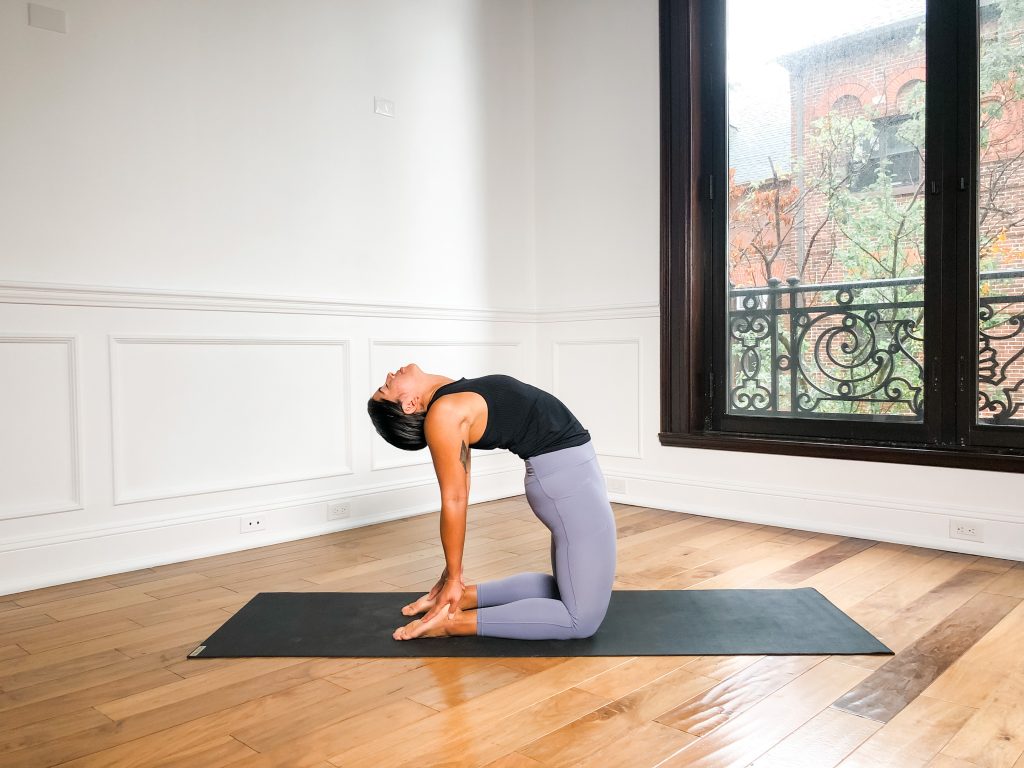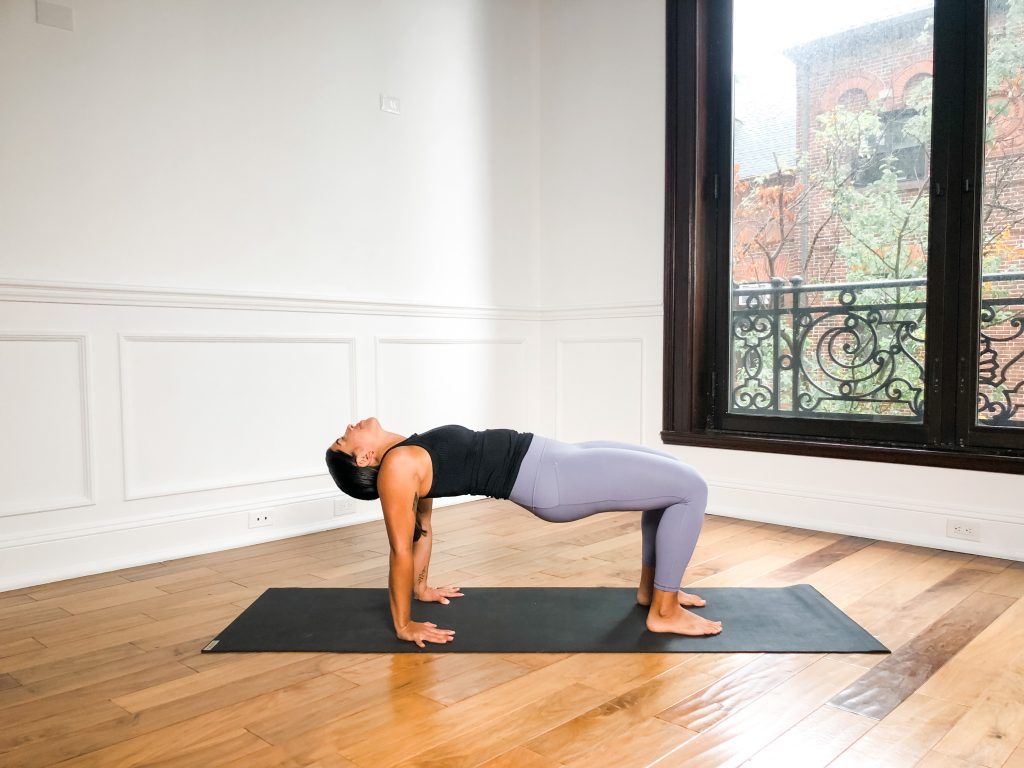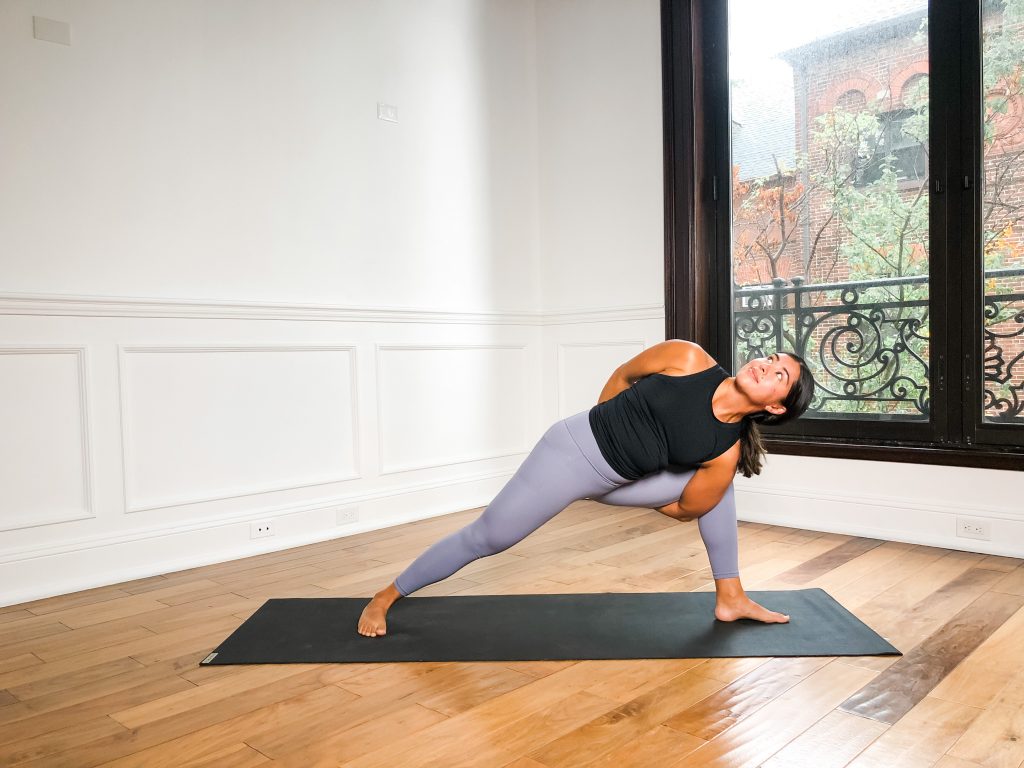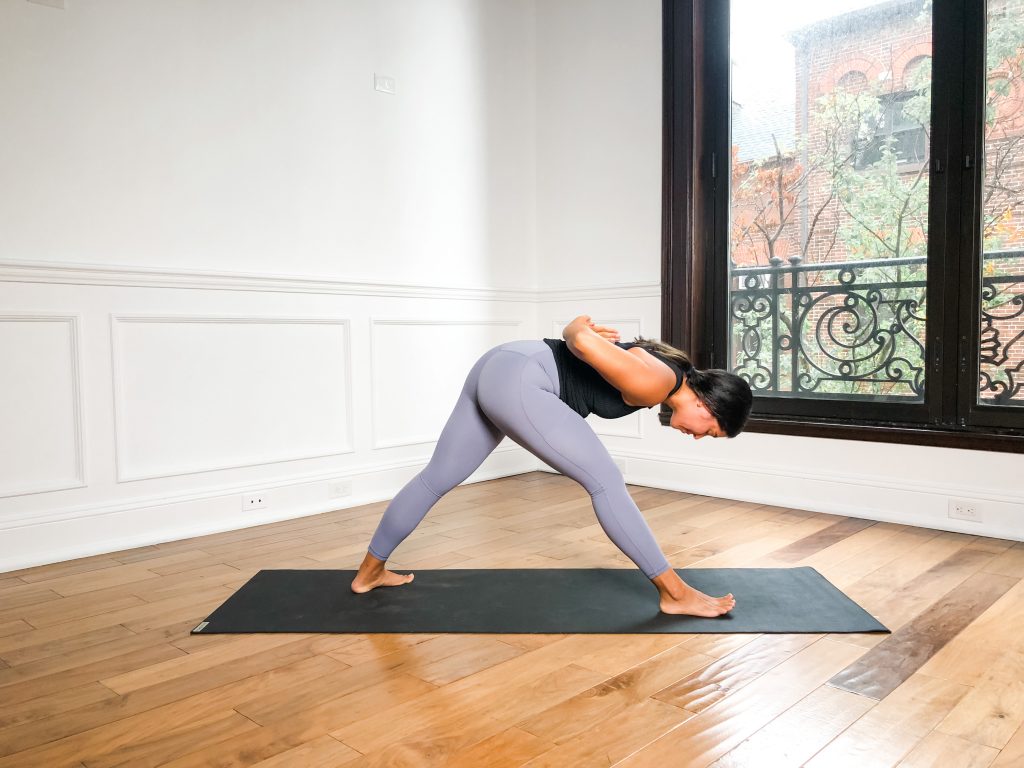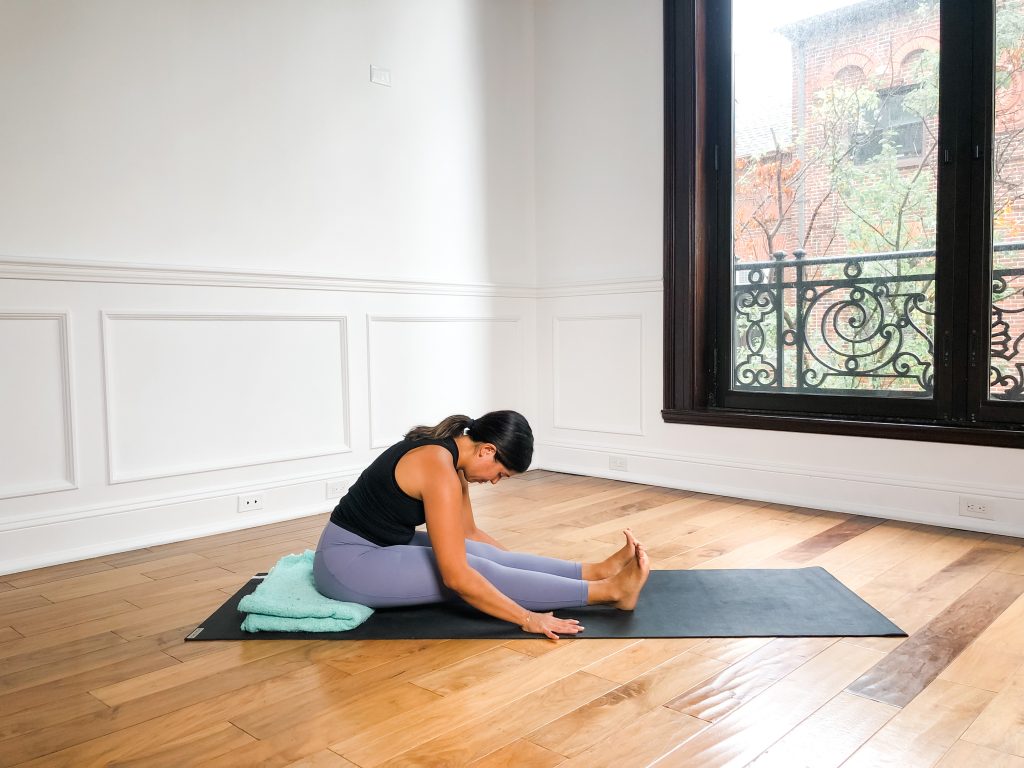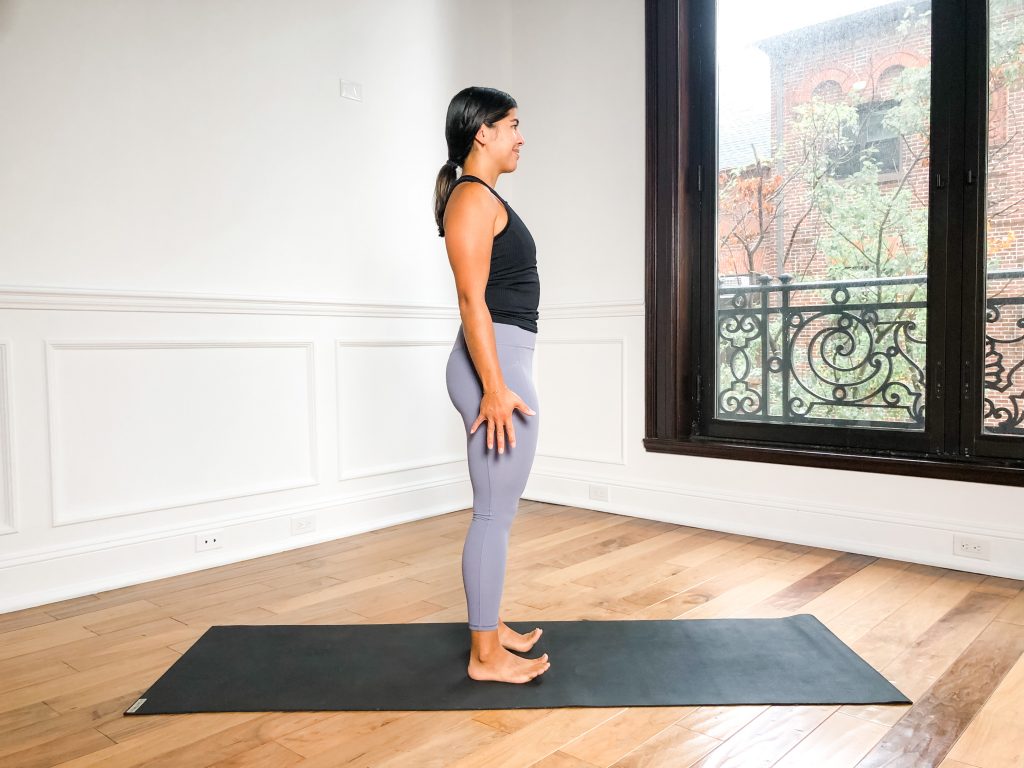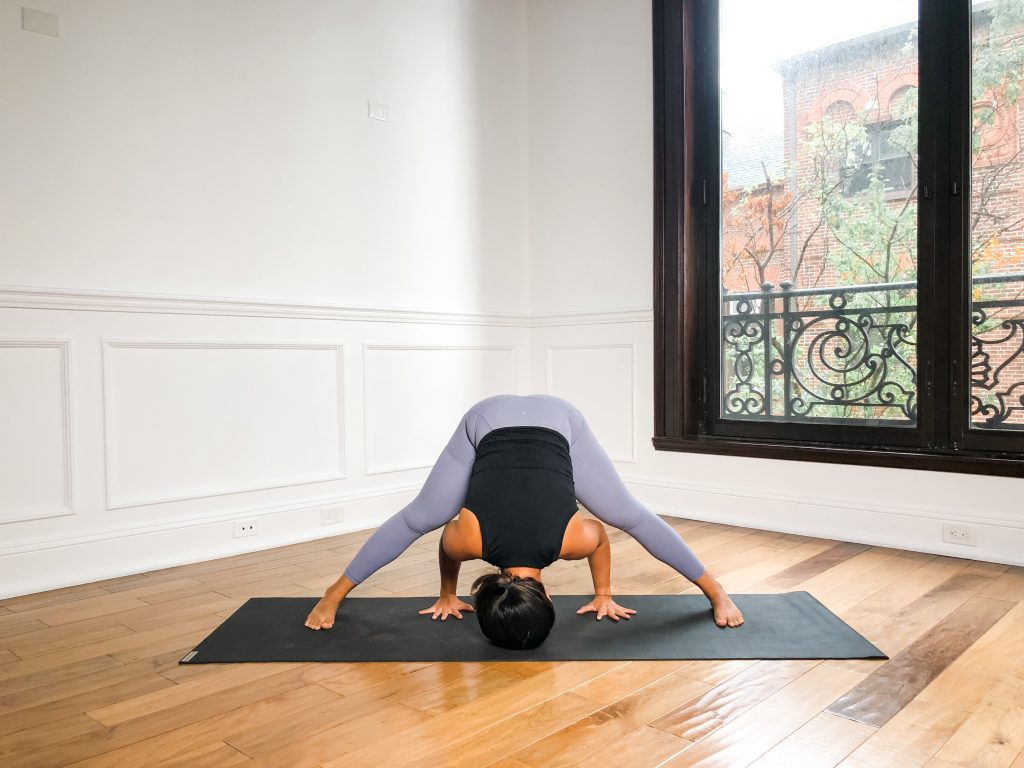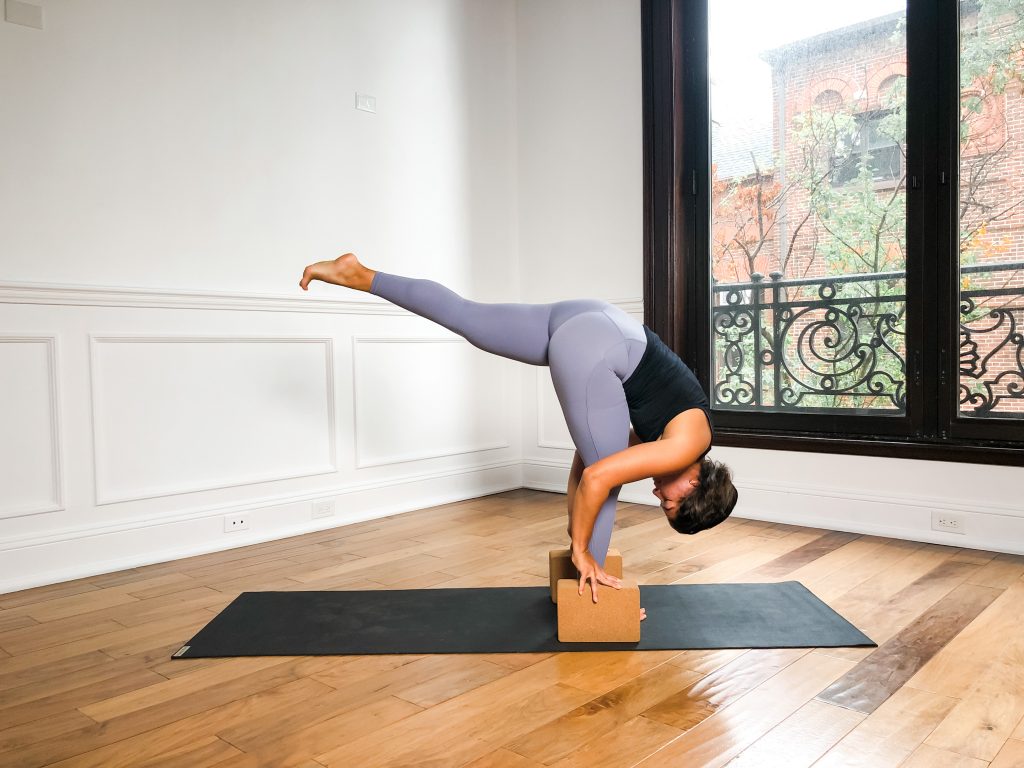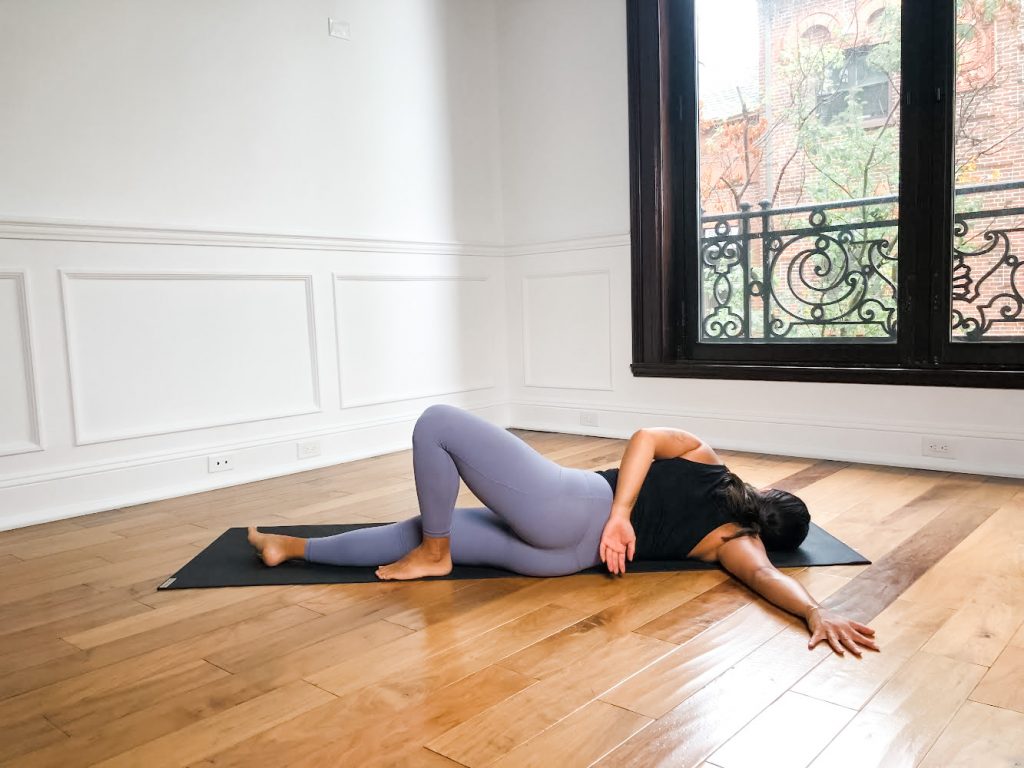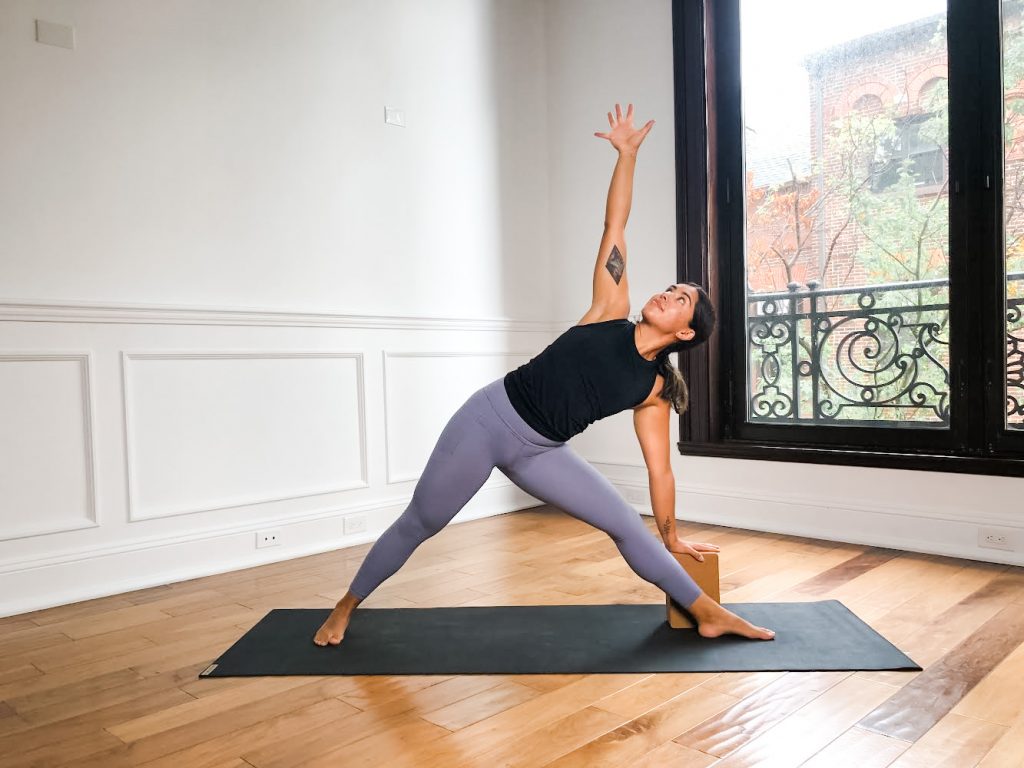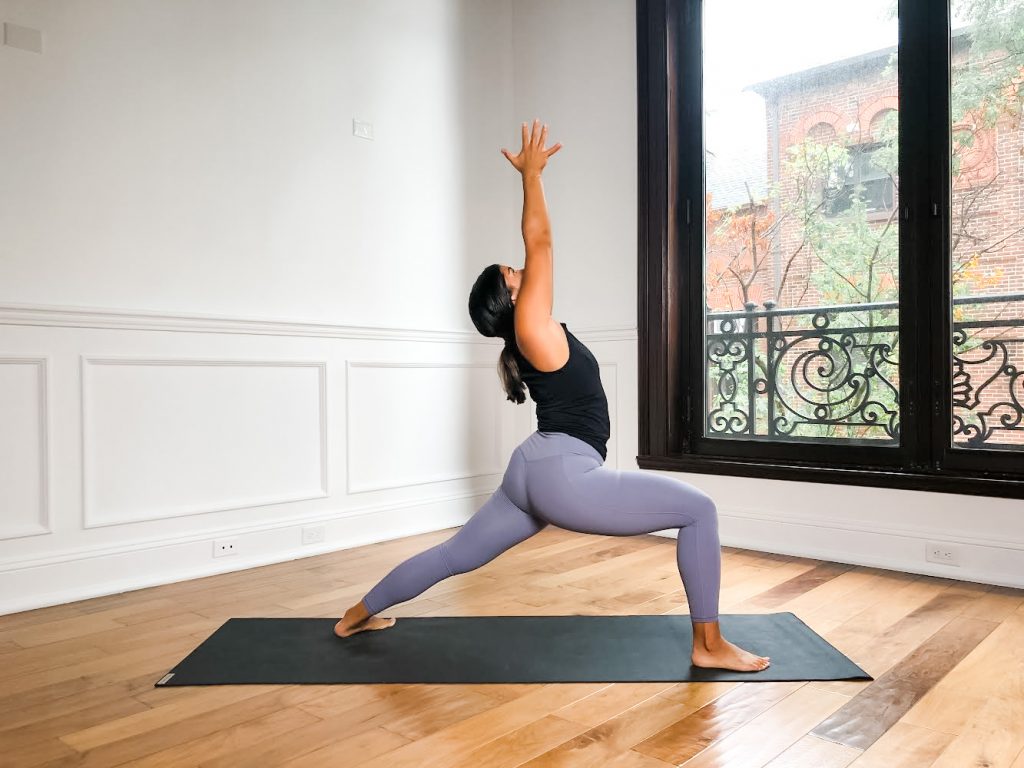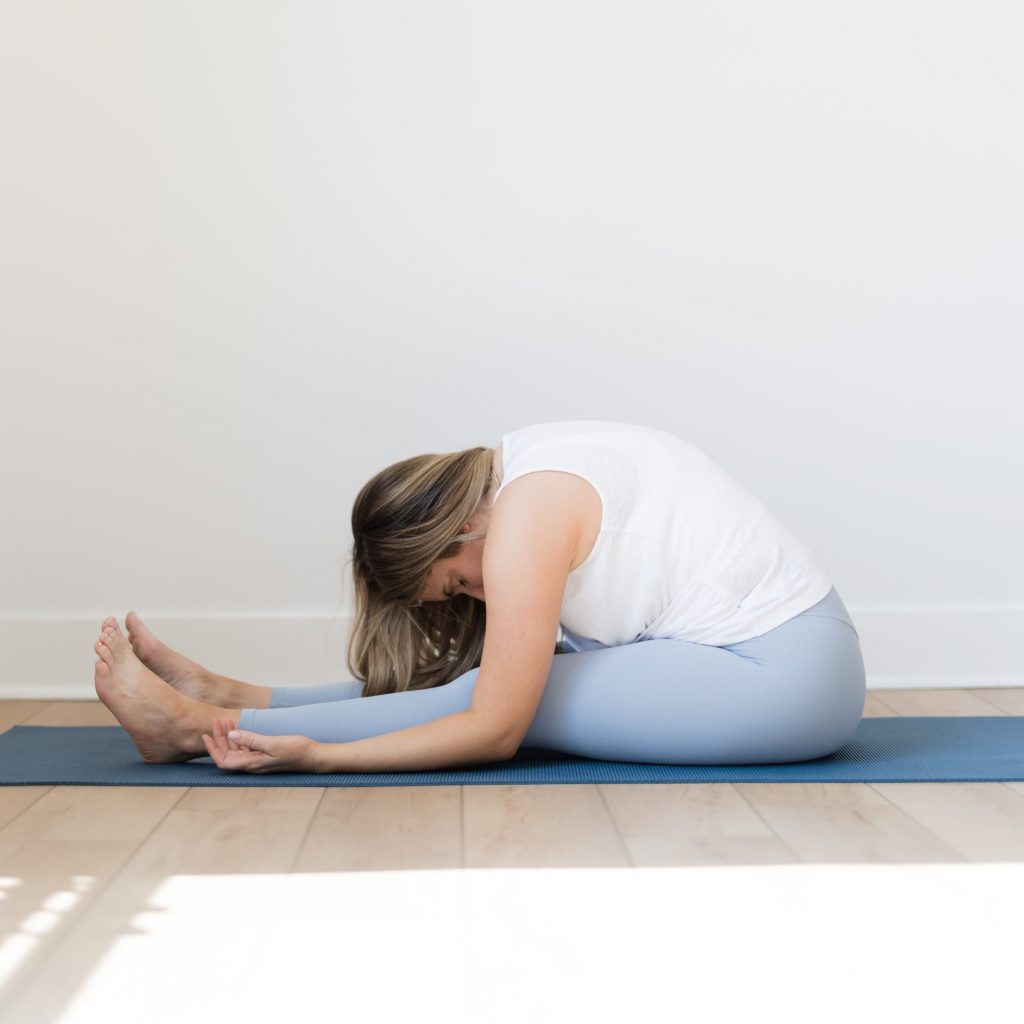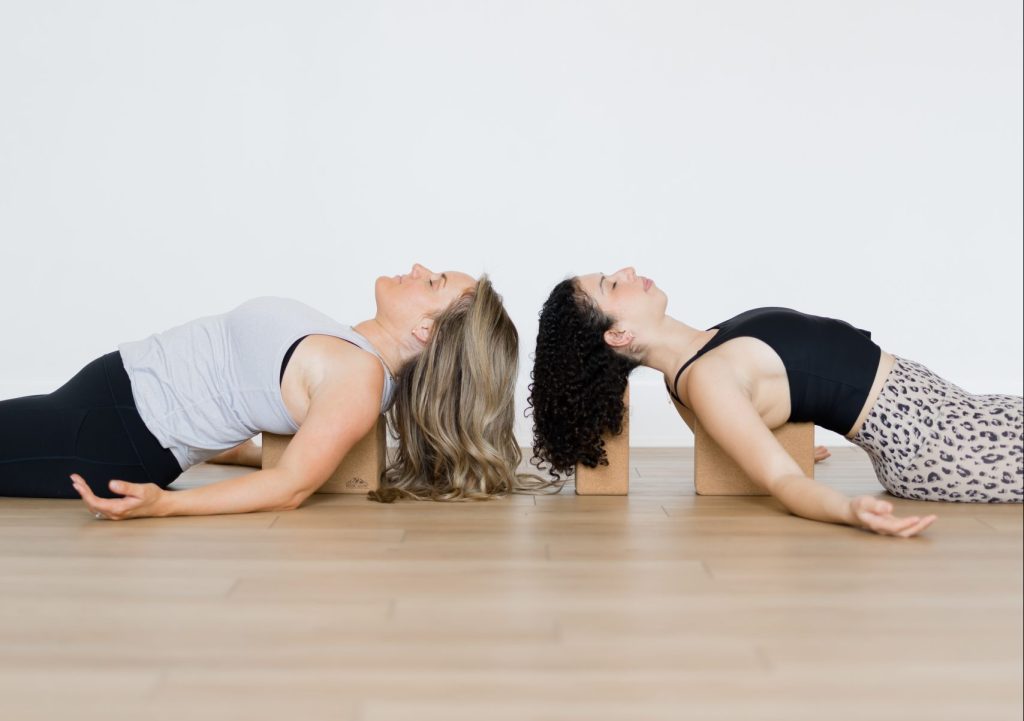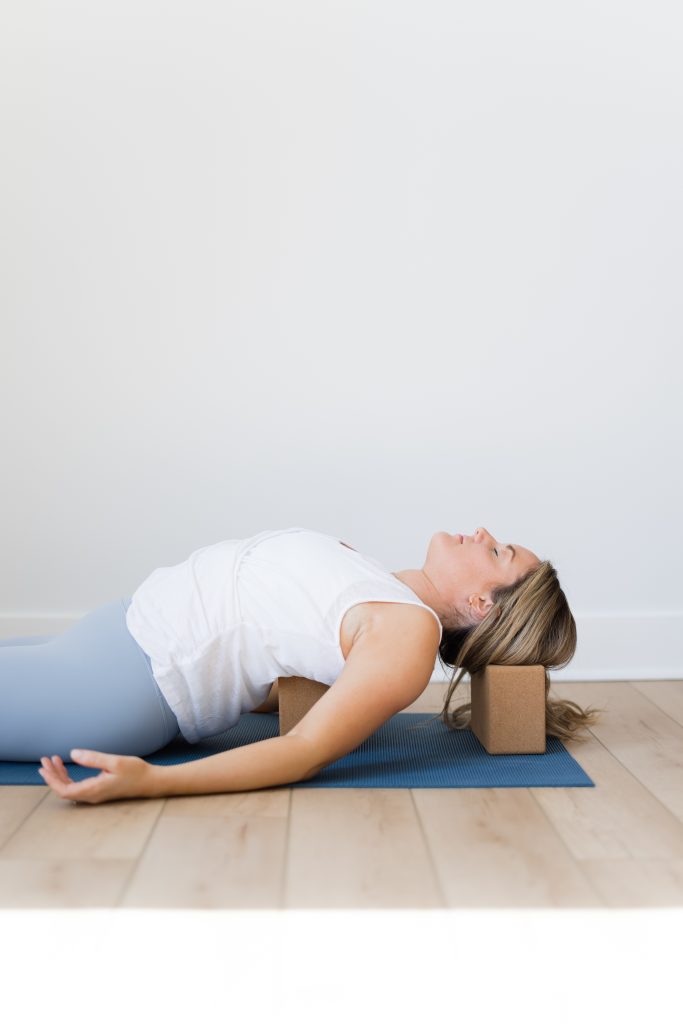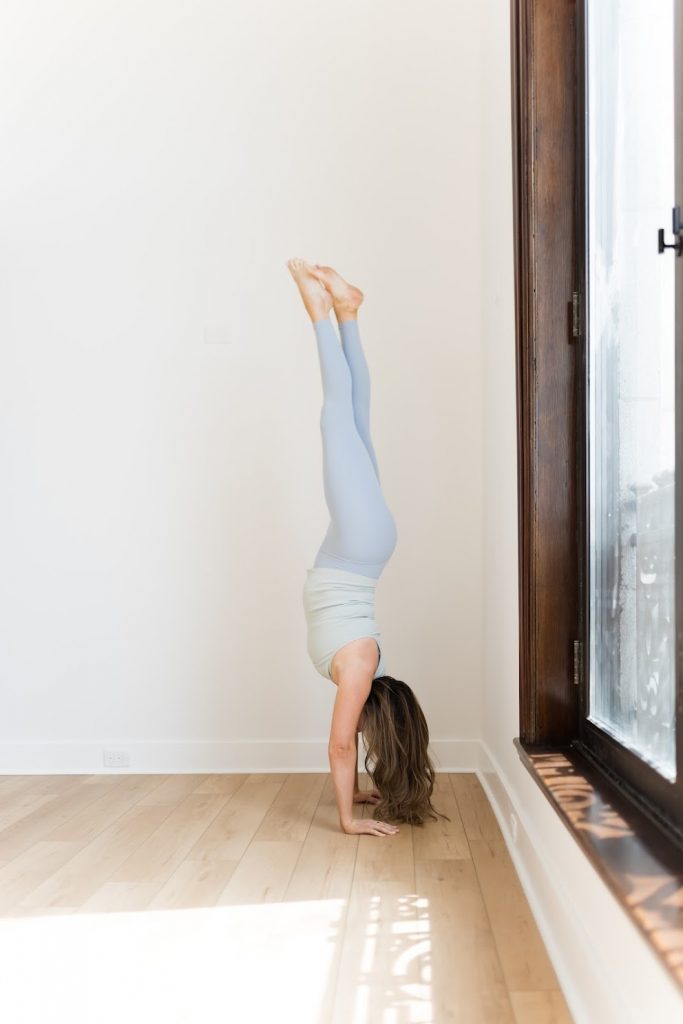Full disclosure… I thought yin yoga was going to be super easy before I tried it.
At the time I was a daily practitioner of a more active vinyasa yoga style and figured that the slow, steady practice of yin would be a quiet respite from all of the arm balances and inversions I was working in my regular classes.
Talk about an ego check.
About fifteen minutes into my first yin class, while holding dragon pose for five minutes (basically a low lunge crescent lunge) I realized how very wrong I was.
That first class was extremely challenging for me not only physically, but mentally as well. Yet, when I left class, I felt an overwhelming sense of calm and peace beyond what I typically felt after my vinyasa practice.
I made a yin class a regular part of my weekly routine and came to rely on the steadiness the practice would bring to both my body and mind. Slowly but surely I began to unpack layers of things that needed to be released (both physically and emotionally) and embraced a new way of moving through life.
A few months later I went on to complete my yin yoga teacher training and added yin yoga classes to my teaching repertoire.
As the lead teacher of my own Online Yin Yoga Teacher Training now, it’s crazy to think back on that first class, especially because even though I didn’t realize it at that time, I was experiencing many of the benefits of yin yoga right away, despite being so new to the practice. The ability for all students – from beginner to advanced – to enjoy the benefits of yin right from the start is one of my favorite things about leading this practice.
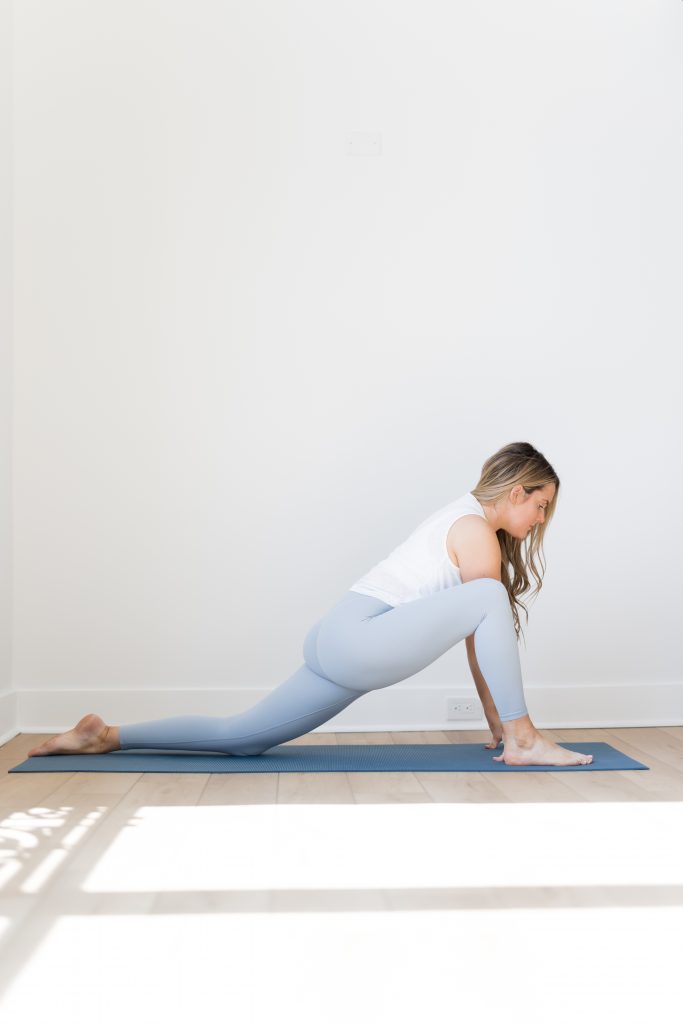
Here I am in dragon pose, unaware of how truly transformative this practice was going to be for me. The benefits of yin yoga are incredible… and it all starts with one pose.
Here are some of the key benefits I’ve taken away from practicing yin yoga.
1. Yin reduces physical tension in the body
Yin yoga can be thought of as the deep tissue massage of yoga. The poses you’ll move through in a yin class help to release physical tension and unblock stagnant energy being held in the body.
While all forms of yoga promote flexibility and help to decrease tension, yin takes it to another level by allowing for more time to be spent in each pose which promotes a deeper stretch. This is different than what is typically experienced in an active yoga class where students may only be in a pose for a few breaths.
Anatomical uniqueness is the belief that every single human’s body is different and the way we approach yoga poses should also be different. This is a foundational component of the yin yoga practice and directly connects to the approach teachers take when leading a yin class.
While still always keeping joint safety in mind, yin yoga is focused much more on how a pose feels than whether or not the “alignment” of the pose is “correct.” For example, when coming to sleeping swan pose, or what an active yoga class would call pigeon pose, the focus is on setting up a student up to feel sensation in their hips so they can experience a release of any tension being held there. For some students that may mean that the front shin moves more towards parallel to the front of the mat and for others it may mean the shin is all the way in towards the pubic bone. In yin, both are correct as long as each student is able to settle into a place where they can let go of physical tension and holding in the body so they can begin to target the deeper connective tissues.
2. Yin is a “workout” for your connective tissue
If you’ve ever experienced any type of sprain or tear in a joint then you know that too much exertion on connective tissues (ligaments, tendons, and fascia) is not a good thing. That’s because these tissues don’t respond to heat building activities, like active yoga classes and traditional forms exercise, in the same way that the major muscle groups do.
Having a way to lubricate and lengthen these areas of the body is key to increasing longevity and keeping joints safe and healthy. That’s exactly what the practice of yin yoga does.
Yin specifically seeks to target the connective tissue of the body through long, slow holds of cooling poses that allow it to expand over time.
Injuries occur when the ligaments, tendons, and fascia expand too quickly so instead, yin uses gravity paired with body weight to gradually expand the connective tissue. This approach not only prevents an injury from occurring in the moment those areas are being targeted, but also has the potential to stimulate collagen and elastin production in our joints to prevent injuries in the future as well.
Which, brings us to the next benefit…
3. Yin Yoga is the perfect complement to traditional exercise
One of the biggest misconceptions people have about yin yoga is that if you start practicing yin then you have to commit to only yin and give up other types of yoga, like hatha or vinyasa.
This couldn’t be further from the truth.
Yin yoga has deep roots in Taoist philosophy which puts focus on the need to find balance between yin and yang.
Harmony exists only when both yin and yang are in balance.
Yin & Yang activities
It’s the working together of yin and yang that creates peace. We come to appreciate happiness much easier after times of difficulty. Cold becomes much more bearable if you’re walking into an air conditioned room after being outside during a summer heat wave.
Yin yoga, which by nature is a slow, cooling practice, is meant to be a complement to yang activities which focus on building heat and energy through movement. Vinyasa yoga, running, swimming, basketball, football, tennis, etc. are all yang activities. Oftentimes, people spend the majority of their exercise time focused on more yang-style workouts. Adding yin yoga into the mix is a way to ensure that the body maintains a sense of overall health and longevity by focusing on creating mobility in the joints.
Taking the time to move through a yin practice creates space to focus the mind and become more in tune with the depth of our thoughts, feelings, and consciousness, which is another key benefit of the practice.
4. Yin Yoga helps to build emotional awareness
Finding dedicated time to just “be” with our thoughts is a challenge. Modern life is busy – from work, to family, to household responsibilities and everything in-between, we often consider ourselves lucky to just make it through the day. And, let’s be honest, the quiet time that could be spent in contemplation with our thoughts usually gets filled with scrolling through Instagram or checking out a YouTube video.
Distractions are certainly not hard to come by.
As a result, we often spend a lot of our time on autopilot rather than really checking in to see how we’re truly feeling.
Yin yoga puts us back on manual control and forces us to really take a look at the current state of our minds and emotions. The practice of yin requires that students hold each pose for a minimum of three minutes, but usually more like five to seven minutes or more. With no phones, no TV, and no intense physical movement there for distraction, that leaves one option: to tune into the depth of our own thoughts.
Sometimes this can be an overwhelming place to dive into, especially if it’s been a while since you last checked in. But, when we face any emotions we’re experiencing head-on, it allows us to build an awareness of their existence, and then learn how to move through them which is a healthier place to live from and is also another benefit of the practice.
5. Yin Yoga teaches resilience and perseverance
Human beings have a natural instinct to move away from discomfort as quickly as possible. This is part of our evolution and is related to us craving a sense of safety in order to ensure our survival.
This makes sense during times that we’re in actual danger but as time has moved forward, that’s often not the case. Our lives are not literally at stake when we’re thinking about leaving a job we hate or ending a relationship that’s not working, even though sometimes it may feel that way.
Yin yoga gives us practice with leaning into discomfort rather than backing away and helps us learn to breathe through it until we find a sense of ease on the other side. It exemplifies that all moments, no matter how challenging they may be, are temporary and that we have the ability to face whatever it is that comes our way.
This is true in a yin class in both the physical and emotional sense.
When you first enter a hip opening yin pose it may seem impossible to hold it for another second much less the full five minutes you’ll be in the pose. But, by taking a few breaths and learning to just pause, the mind is trained to move beyond its initial instinct to move away from discomfort and instead to create an opportunity to let go of physical tension and find more space.
True happiness is found through being honest about our emotions and giving ourselves permission to feel them, whether they’re “good” or “bad.” When we bring the mind to a place of quiet or stillness in a yin class, we gain practice with acknowledging our emotions, feeling them, and letting go of them to make room for whatever comes next. Over time, this builds mental fortitude along with both physical and emotional resilience and teaches us that we are capable of handling the challenges that come our way. This has a direct influence on our stress response and leads to another benefit of the practice.
6. Yin Yoga reduces stress and anxiety
Another aspect of the survival instinct that influences our modern lives is our innate way of reacting with our fight-or-flight response first.
Our fear response is an important evolutionary response that is responsible for our survival as a species. Quite literally there were times when we heard a loud noise and that meant we had to run for our lives. Our brains are therefore hardwired to first react with fear, which floods our bodies with adrenaline and cortisol (our stress hormones) and enable us to quickly move to safety.
The problem is that, again, our lives are not usually at risk on a daily basis. The sound of a book dropping on the floor may make you jump because it activates that fight-or-flight response, but it doesn’t mean you’re in any kind of real danger.
This is also true during the times you receive an email from your boss or a text message from a friend that says “we need to talk” and then you automatically assume you’re getting fired or your friend is mad at you. These non life-threatening events can send you into your sympathetic nervous system (your fight-or-flight-response) even though your life is not at risk.
Yin yoga works to move us out of our sympathetic nervous system and activate the parasympathetic nervous system, which is our rest-and-digest response. Spending time in our parasympathetic nervous system response allows for restoration and healing to occur and therefore decreases stress and anxiety.
When the body has more time to operate in this state it can reduce the risk of cardiac disease and stroke, lower your blood pressure, restore metabolism, and aid in the regulation of bodily systems. The steadiness of the Yin Yoga practice combined with its focus on deep breathing allows for the body and mind to drop into the parasympathetic nervous system and create a deep sense of all-around health.
The Magic of Yin Yoga
Yin yoga is all about creating balance in the body, the mind, and the emotions. It’s a practice that is rooted in ancient Eastern philosophies that have been practiced for thousands of years.
Students are able to experience the benefits of yin yoga from their very first class. For yin yoga teachers, this practice provides another offering to serve their students and communities in a more holistic way.
Whether you’re a student that’s ready to learn more or a yoga teacher that wants to incorporate this style of yoga into your teaching, my free guide “The Yin Yoga Teacher Starter Kit” will help you begin that journey. We’ve even created an entire online yin yoga training for you to dive deeper into the practice. I hope to see you there!
